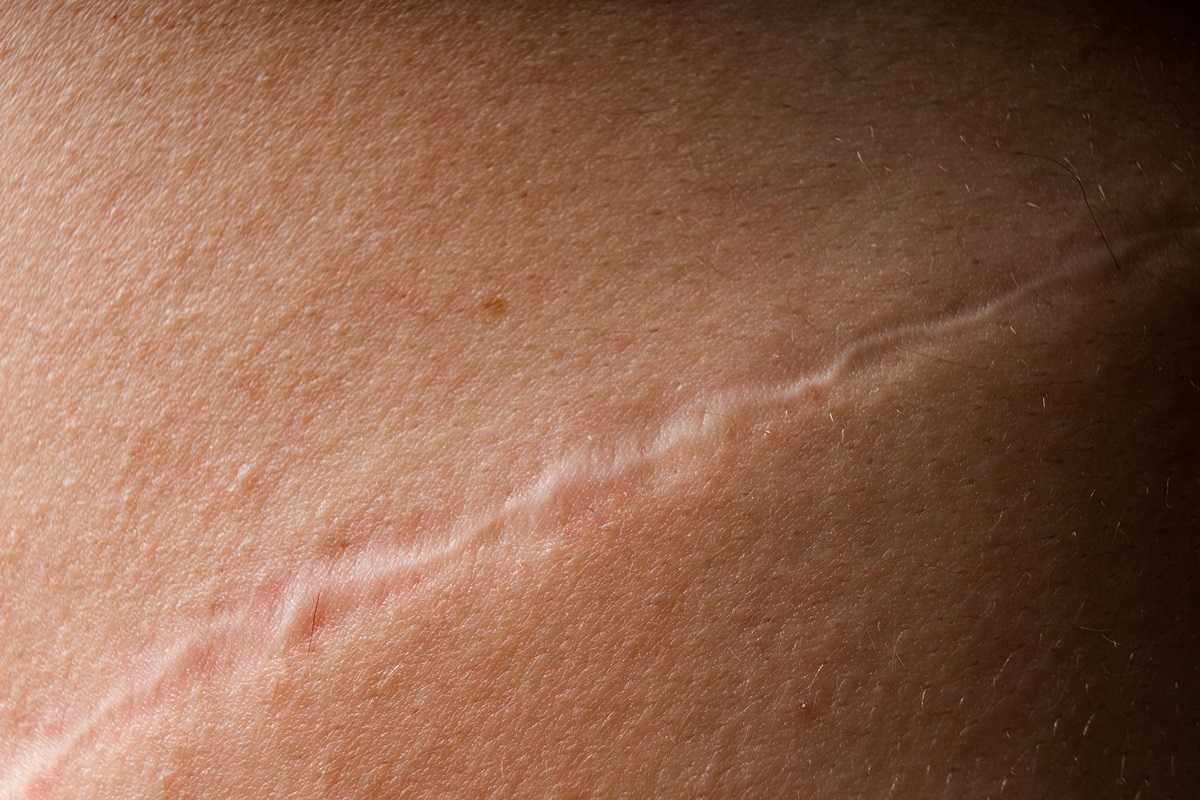
The SerpinB3 protein is known to be present in several types of cancer and has been confirmed to play an important role in the skin healing process. The study, published in September in the journal Proceedings of the National Academy of Sciences (PNAS), revealed that the molecule is activated immediately after injury and helps cells rebuild epithelial tissue, a previously unknown biological role.
Please also read
-
health
Researchers find protein linked to ovarian cancer progression
-
sao paulo
USP research identifies protein key to cancer treatment
-
health
Bacterial proteins could be key to cancer vaccines
-
health
Research discovers protein that can predict cancer seven years in advance
SerpinB3, also known as squamous cell carcinoma antigen 1 (SCCA-1), is widely used as a tumor marker, especially in liver, lung, and head and neck cancers. However, according to a team from Arizona State University in the US, it has a natural function in the body, participating in the skin’s repair response after injury.
Analyzing human tissue and animal models, scientists observed that whenever there is an injury, cells at the edges of the wound rapidly increase protein production.
This increase was confirmed both in experiments using human skin grown in the laboratory and in mouse wounds. A comparable form of the protein in these animals, called Serpinb3a, showed the same behavior.
During their investigation, researchers noticed that serpin B3 increases skin cell mobility and reduces adhesion, making it easier for skin cells to “slide” and cover damaged areas. This temporary change in cell behavior is common during early stages of regeneration and is similar to a process called epithelial-mesenchymal transition that is also observed in tumors.
In trials, animals treated with Serpinb3a showed faster wound closure and better organization of collagen fibers that form the supporting structure of new skin. These results suggest that this protein not only helps speed up the process, but also improves the quality of the tissue that is formed.
Researchers describe SerpinB3 as a “molecular switch.” Under normal conditions, it is activated to repair the skin and promote regeneration. In some cancers, the same mechanism is “hijacked” by malignant cells, which use it to proliferate and invade other tissues. This dual role explains why this protein is abundant in aggressive tumors.
In addition to helping us better understand cancer behavior, the discovery could pave the way for new treatments for chronic wounds, such as diabetic ulcers and burns, where skin repairs are slow and inefficient. Stimulating the natural production of SerpinB3 or applying a safe version of the protein could be future therapeutic strategies.
However, scientists stress the need for caution. It is not yet known whether artificially increasing protein levels in humans is safe or may activate undesirable processes such as excessive cell proliferation. Still, this study redefined the role of Serpin B3, from being just a tumor marker to now being recognized as a natural tool for tissue regeneration.
Follow the Health Science Editor on Instagram to stay up to date on the subject.

/i.s3.glbimg.com/v1/AUTH_da025474c0c44edd99332dddb09cabe8/internal_photos/bs/2025/j/o/FWlaIDT2ARRCJloBXnAg/54903865101-1e34087e3d-c.jpg)

